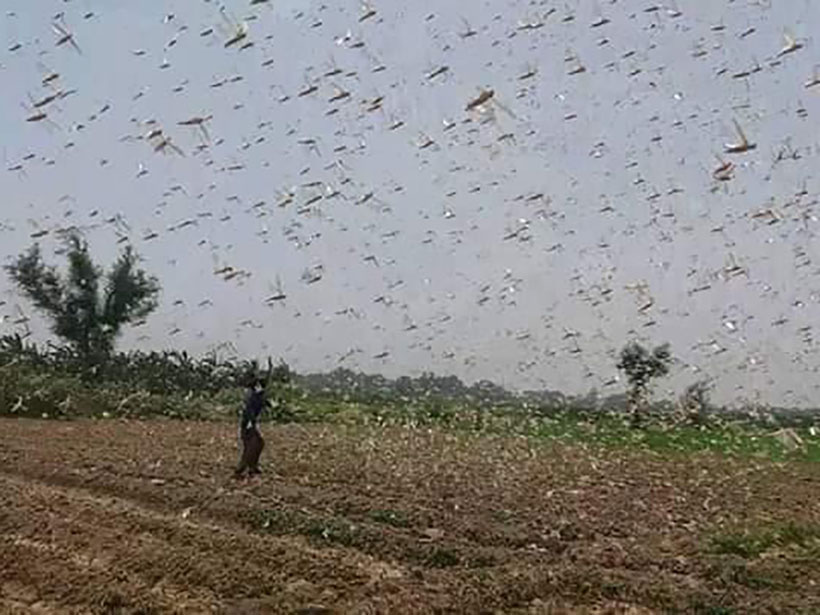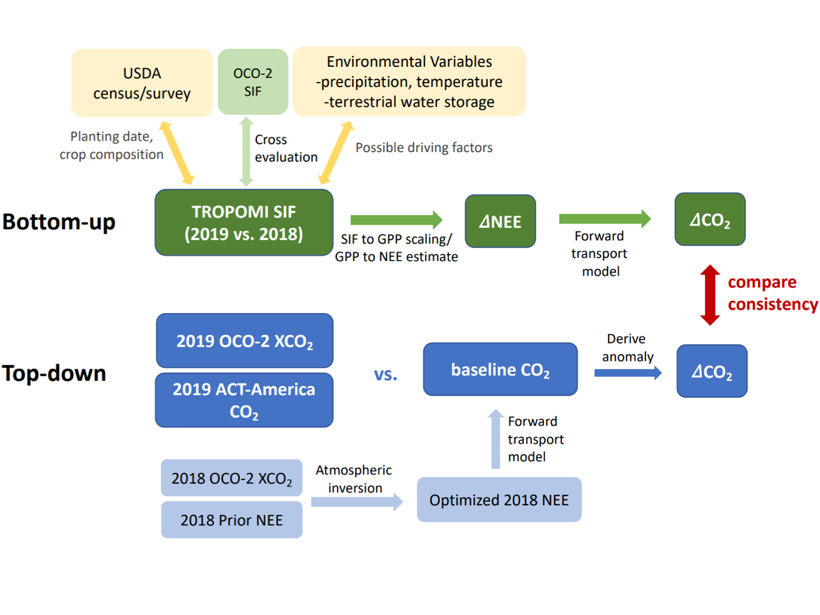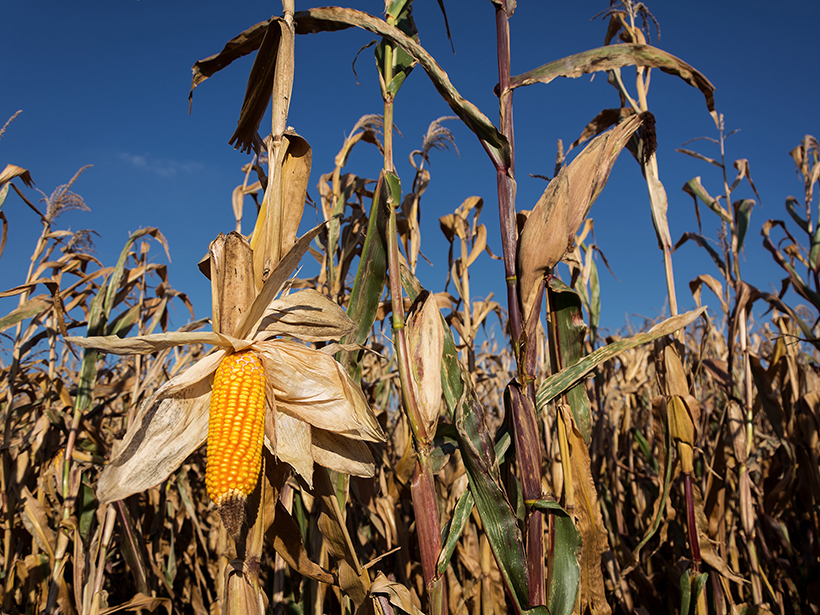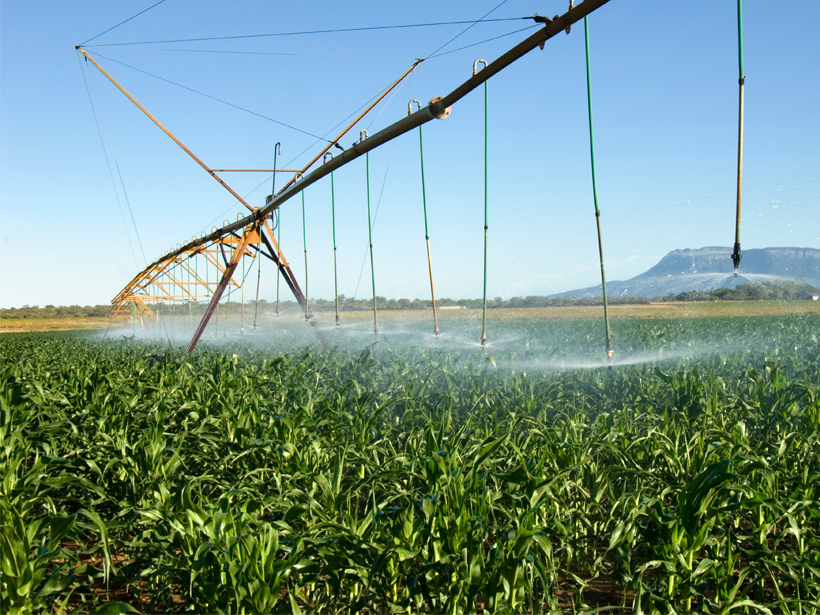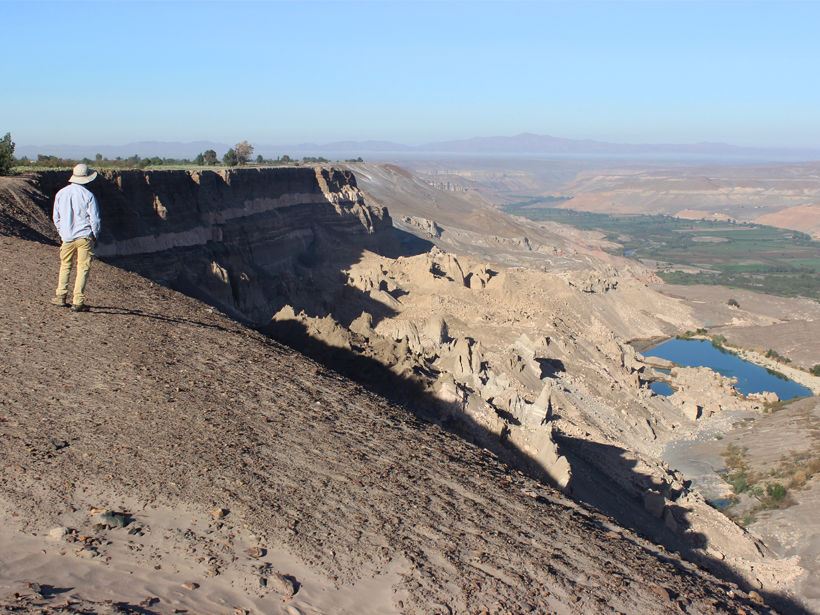Water-guzzling rice consumes more water than Punjab can recharge. If current irrigation rates continue, the state will empty its groundwater reserves within 20 years.
agriculture
Record Locust Swarms Hint at What’s to Come with Climate Change
Warming oceans that feed cyclones have also bred record-breaking swarms of desert locusts. Such plagues could grow bigger and more widespread with climate change.
Toward Forecasting Crop Productivity and Carbon Flux Anomalies
Quantifying reductions in U.S. Midwest crop productivity and carbon uptake due to 2019 flooding using combined satellite observations of solar-induced chlorophyll fluorescence and atmospheric CO2.
Mapping Nutrient Inputs in the Great Lakes Basin
A new tool links nitrogen and phosphorus applications to land use classifications to better understand where and how much of the nutrients enter watersheds in the U.S. Great Lakes Basin.
Sustainable Agriculture Reflected in Cuba’s Water Quality
Water samples from 25 rivers in central Cuba are dominated by signs of rock weathering rather than fertilizer runoff, researchers working at Cuban and American institutions show.
Climate Change Will Reduce Spanish Olive Oil Production
Increased droughts will reduce southern Spain’s olive oil output by 30% before the end of the century.
Wine Grape Diversity Buffers Climate Change–Induced Losses
By mixing up which wine grape varieties are planted where, the wine industry can better ride out the effects of a warming climate, new research reveals.
Some Plans to Reverse Climate Change Could Double Water Use
Researchers say full-scale deployment of negative emissions technologies would lead to major changes in global usage of water, land, and energy.
Minireservoirs Could Save Farmers with Sandy Soils
A recently revived subsurface water retention technology could conserve water and drastically increase crop yields in arid landscapes with sandy soils like sub-Saharan Africa.
Modern Farming Kick-Starts Large Landslides in Peruvian Deserts
Large-scale irrigation programs have triggered giant, slow-moving landslides in arid valleys, leading to the destruction of both traditional and modern farmland.


